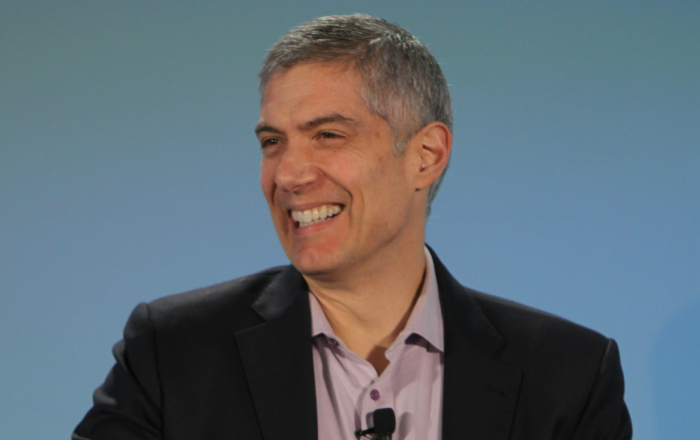Who decides what a drug is worth? This question is central to determining whether and how our healthcare system pays for a new generation of five-, six-, and even seven-figure drugs that promise cures, or at least long-term remissions, for deadly or debilitating diseases.
Discussion leaders at the Health Evolution Summit discussion “The Age of Curative Therapies —Moving Towards a Cost-Benefit Equilibrium?” zeroed in on the knottiest issues associated with million-dollar pricing. “We spend $33 billion a year to treat congestive heart failure, and it’s projected to be $77 billion a year by 2030,” said host Jackie Kosecoff, managing partner of investment firm Moriah Partners. CHF debilitates patients and often sends them into a spiral of repeated hospitalizations. A drug now in phase 2 trials has shown promise in reversing the cardiac damage associated with CHF—with a single dose. “If these findings are confirmed, our cost trajectories could be completely altered,” Kosecoff said. “But how much will that dose cost?”
Drug manufacturers tend to use the ideal case, rather than real-world averages, when talking about return on investment for expensive drugs, said Paul Markovich, CEO of Blue Shield of California. “If treatment with Sovaldi (a cure for hepatitis C that costs $84,000) prevents a liver transplant, then fine, but if you’re giving it to patients that are asymptomatic, then no.”
The push for universal testing for HCV infection would reveal many asymptomatic patients, Markovich pointed out, and would radically alter the cost-benefit picture for payers, particularly since patients change health plans frequently, and a payer may never reap the downstream benefits of its investment in a HCV cure.
Furthermore, the use of high-priced cures doesn’t automatically eliminate all expenditures for other treatments, or guarantee that the patient won’t resume the high-risk behaviors that led to their original infection, necessitating a repeat cure.
The Institute for Clinical and Economic Review (ICER), a nonpartisan and not-for-profit organization that specifically assesses the value of drugs, does the type of analysis that can help answer these complex questions, said Andrew Lo, a professor at MIT Sloan School of Management and director of the MIT Laboratory for Financial Engineering. Its analysis of Sovaldi showed that even at the $84,000 list price, “it’s a good idea for society.”
The patent system is responsible for some of what Markovich considers price distortion, because pharma companies theoretically have 20 years to charge a high price for their patented product, after which the price should drop precipitously. However, many companies find ways to extend the life of a patent with minor modifications in a product, or take out patents on the manufacturing process itself, making it expensive for generic drug manufacturers to make biosimilar drugs.
Markovich favors a patent overhaul that would separate drug discovery and manufacturing. His concept would allow drug developers to reap licensing fees from multiple manufacturers, thereby automatically creating a competitive market for even the newest drug.
“I’m a huge fan of paying for value, particular when it comes to drugs,” Markovich said. “When we are rewarding innovations, we will get more breakthroughs and less tweaking of molecules to extend a patent.”










